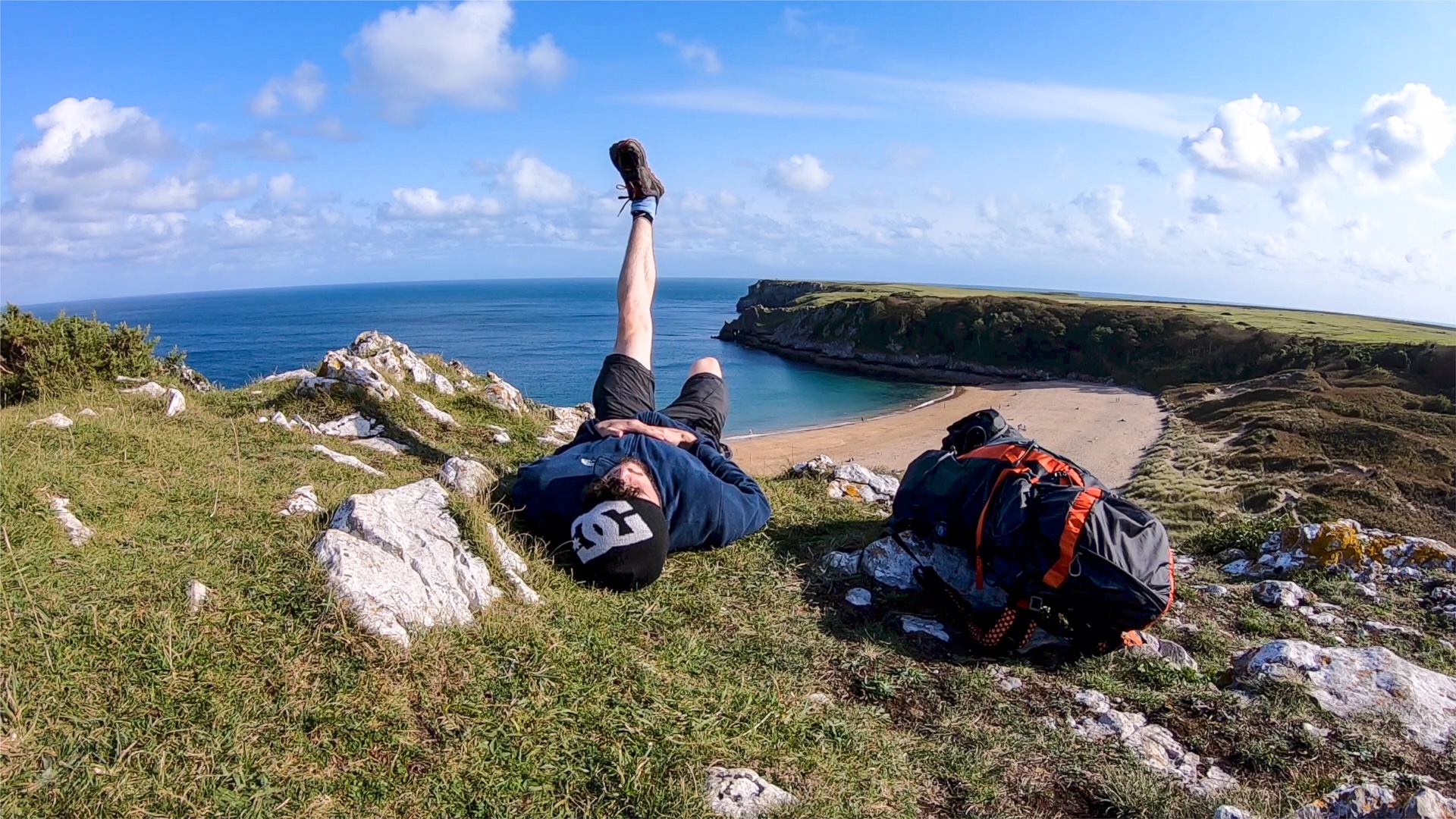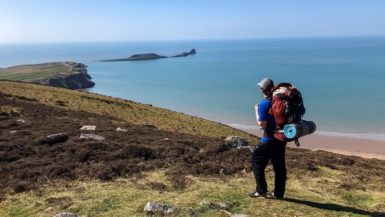How to Train for a Long Distance Hike or Multi-Day Trek
7 Minute Read
Are you planning your first thru hike, multi-day trek, or long distance hike? If so, there are a few things you need to do to make sure you’re prepared. A trip like this requires a great deal of exercise and physical endurance. The more time you put into training and preparation, the safer and more enjoyable the adventure will be! In this article, I will discuss how to train for a long distance hike.
The world is filled with fantastic long hikes. From the Pacific Crest Trail (2,650 miles) and Appalachian Trail (2,190 miles) in the US, to the Camino de Santiago (500 miles) and Tour du Mont Blanc (103 miles) in mainland Europe. In the UK we have many fantastic hikes too such as the South West Coast Path (630 miles) and West Highland Way (96 miles).
I will provide info on what I’ve done in the past, what I’ve learnt, and what has worked for me. In 2020, I hiked almost 500 miles of long distance trails in the UK. I completed the 186-mile Pembrokeshire Coast Path, the 84-mile Hadrian’s Wall Path, and the 100-mile South Downs Way. The rest of the miles I completed during training hikes in the Surrey Hills, Peak District, and South Down National Park.
I walked the trails solo, wild camping along the way. I carried all my equipment, including food, water, cooking utensils, and camping gear. For the most part, I completed the hikes in one multi-day trip. Hadrian’s Wall took me a week, Pembrokeshire took 2 weeks, and the South Downs Way I split into a 3-day hike followed by a few long day hikes.
So how did I do it? What are my tips and how can you do multi-day treks like this too?
Here’s how to train for a long distance hike:
- Weight Training
- Yoga & Stretching
- Warm-up Walks
- Getting to Know Your Equipment
See also:
10 Tips for Beginner Hikers
10 Hiking Safety Tips
How to Go Wild Camping in the UK
1. Weight Training
The number one thing to consider, is how physical this hike will be. You are essentially doing strenuous exercise, over challenging terrain, all day, every day, for the duration of your trip. On top of that, you will likely be carrying a heavy backpack. Unless you have particularly expensive and lightweight kit, your equipment can range from 10-15 kg for the average hiker. (If it’s heavier than this, you need to look at lightening your load).
Weight training helps to strengthen your body before your hike. Most importantly, it allows your muscles time to recover and grow in the build up to your trip. This means that when you are out on the trail, your body will know what to expect and will be better prepared to face these hardships.
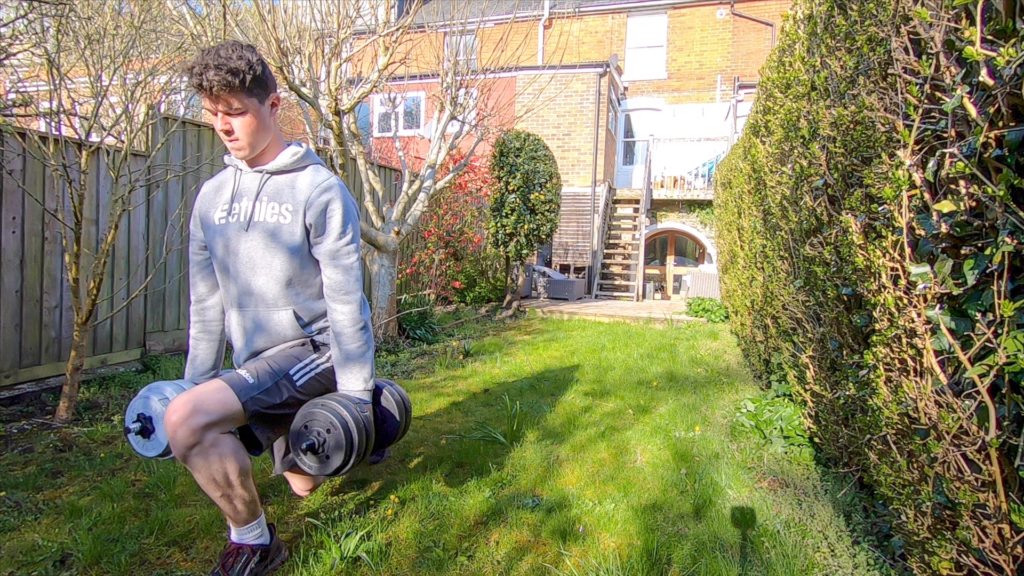

You want to focus on your legs, your core, and you back/shoulders. These are the muscle groups that will be subjected to the most pressure when on a long-distance hike. When training, you should opt for low weight and high frequency. You don’t need to build huge amounts of muscle. It’s more important your body becomes accustomed to extended periods of stress at a lower weight to stimulate the conditions of hiking.
There are a number of exercises that can be of benefit. If you have access to a gym, squats and deadlifts are both excellent compound movements that will strengthen your legs and core. Mix in compound movements with isolation exercises to target these muscle groups.
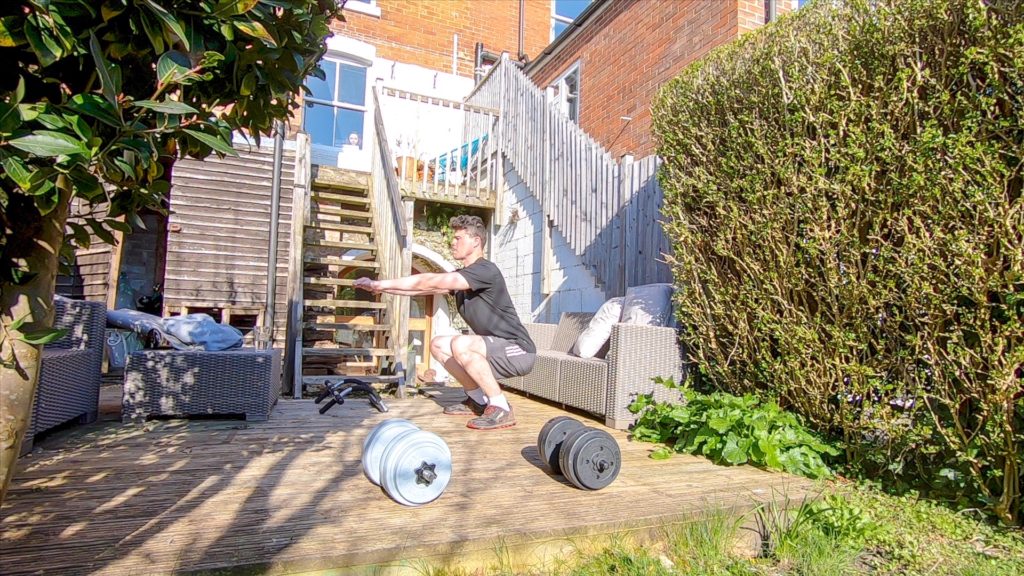

Here’s a list of exercises I often do at the gym including sets and rep ranges. I often go heavy on the compound movements and lighter on isolation exercises with more reps:
- Deadlift: 4 x 8-10 reps
- Squat: 4 x 8-10 reps
- Pull Ups: 4 x 6-8 reps
- Dips: 4 x 10-12 reps
- Bent Over Row: 4 x 8-10 reps
- Lat Pull Downs: 4 x 8-10 reps
- Barbell Lunges: 3 x 10-15 reps
- Walking Lunges: 4 x 10-15 reps
- Calf Raises: 3 x 10-15 reps
- Leg Extensions: 3 x 10-15 reps
- Leg Curls: 3 x 10-15 reps
- Shrugs: 3 x 10-12 reps
If you only have use of some dumbbells at home, work on lunges and calf raises. You can also do variations on these exercises with your bodyweight alone but it’s good to include some weight as an additional stressor.
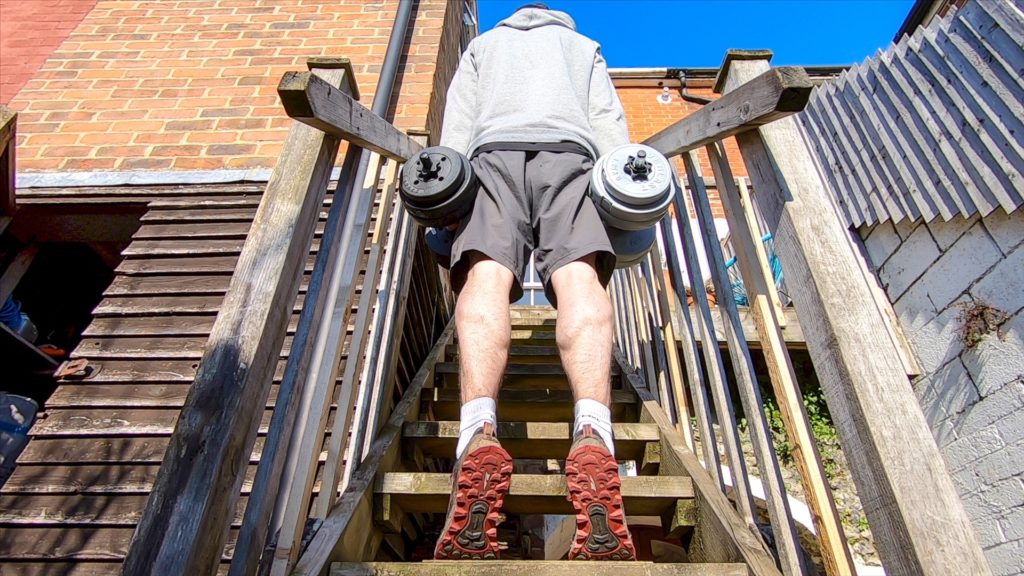

2. Yoga and Stretching
This was one of the things that really caused me to excel at my hiking. I never used to stretch properly and certainly never did yoga. Little did I know how much I was limiting my potential and that I had no idea how to train for a long distance hike. I even trekked the Annapurna Circuit in Nepal before doing any yoga or stretching. It was a far more challenging and painful experience than in needed to be.
Stretches
Each day of your hike, you want to do some warm up stretches before setting off and then some warm down stretches when you stop for the night. This is something that may not have occurred to you before. Most people don’t feel the need to stretch before going on a walk! However, it’s important to distinguish between a walk and a hike – the later being far more physical!
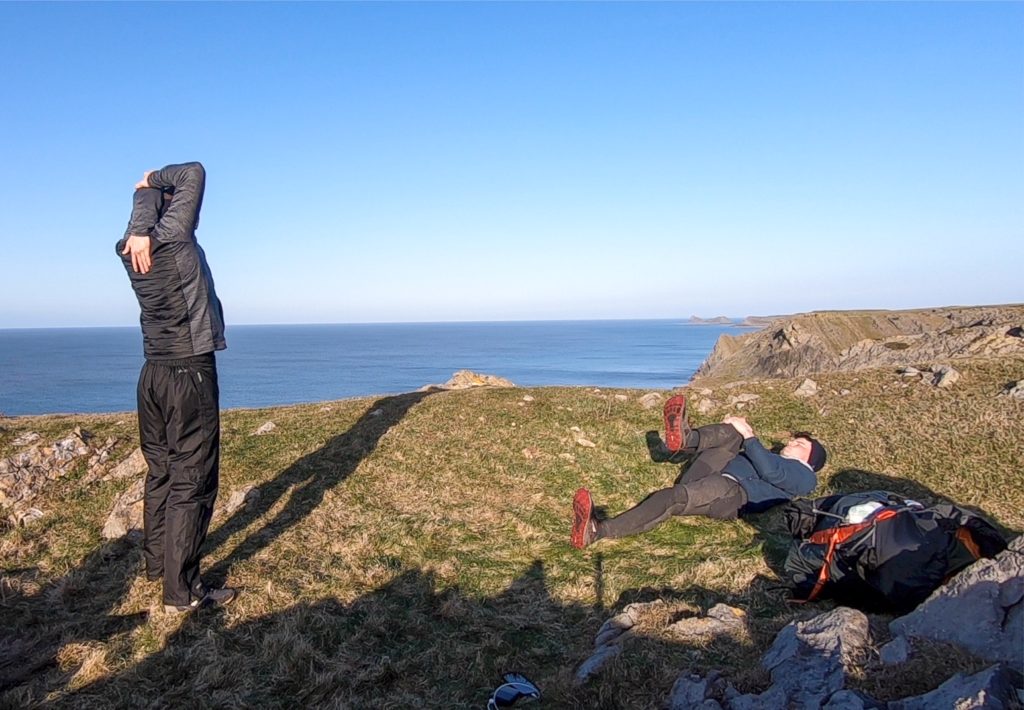

I spend 15 or 20 minutes stretching before and after each day. I focus on the areas that cause me the most trouble but this will differ for each individual. Try to start at your legs, focusing on your achilles tendons, calves, thighs, and glutes before moving up to your hips, shoulders, and neck. Begin with static stretches then slowly incorporate movement as your body warms up. This will keep your blood flowing and allows you to hit the ground running.
At the end of the day, follow a similar stretch pattern but hold each stretch for longer. This stops your muscles freezing up and reduces the chance of any injuries and strains. It also goes a long way to reducing any aches you might have the following day!
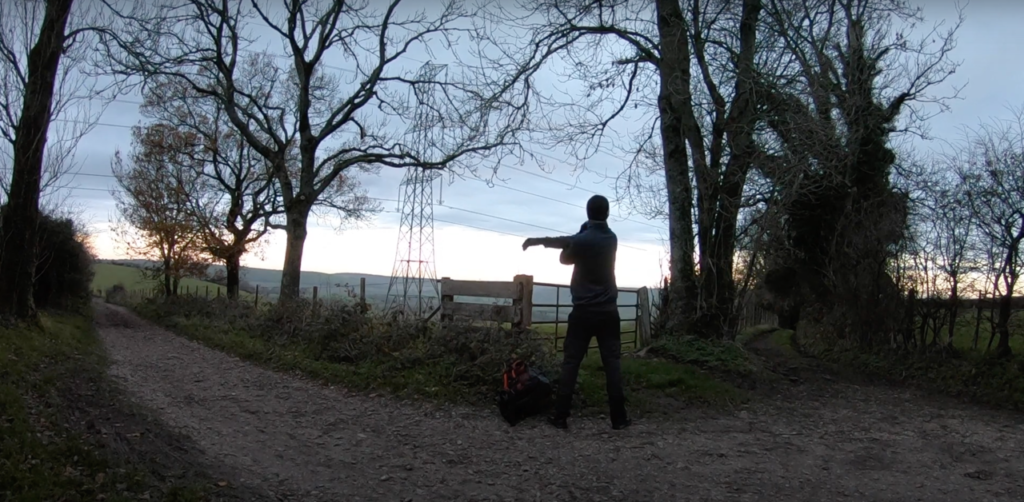

Yoga
Yoga is an extension of stretching, and something that can be done before you set off on your hike. Whereas lifting weight targets your muscles, yoga can help workout your tendons and ligaments. It increases your flexibility and works on your core strength.
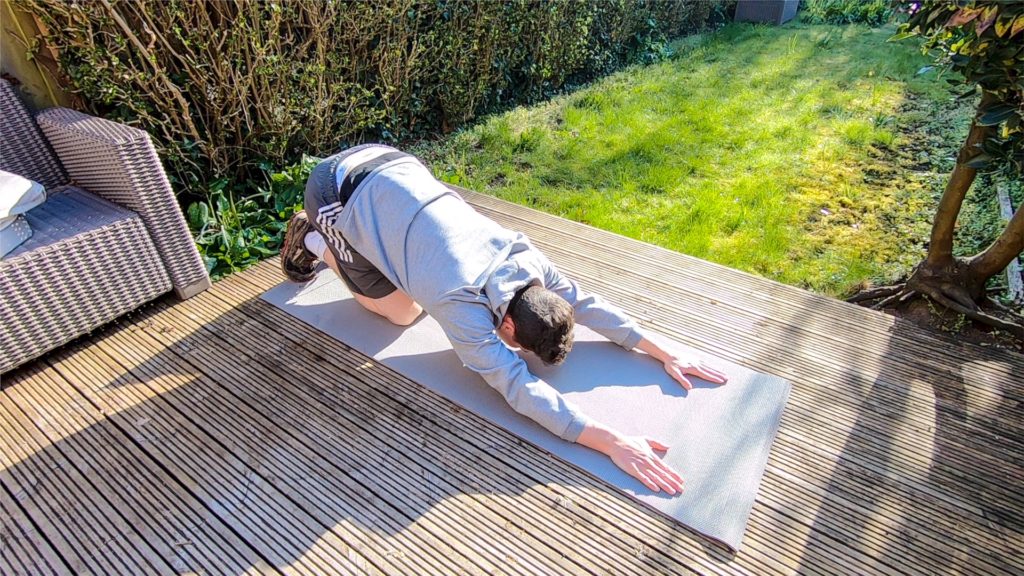

I began by following along with some videos on YouTube. Like most people, I started by watching Yoga With Adriene. They are excellent videos and walk you through all the basics. After doing it for a while you can pick up the best poses that work for you to use out on the trail.
All these improvements will help greatly when you’re out hiking 8-10 hours a day for a week. The more preparation you can give your body, the less likely you are to injure yourself and the more you will learn how to train for a long distance hike!
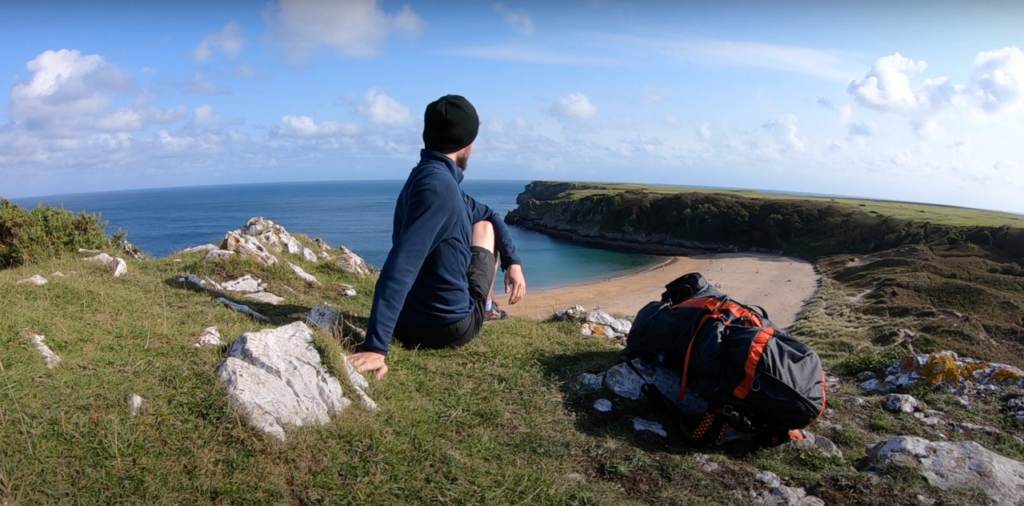

3. Warm-up Walks
The next thing to consider, is going on some training hikes. This works in the same way you might train for a marathon. Repeatedly going on shorter walks over varying terrain will build up your endurance ready for the big event!
In this case, look into a variety of day hikes in your area. Try to opt for different landscapes and consider what sort of long distance hike you will be going on. Search for terrain that is similar and try to do some practice hikes there.
The hikes don’t have to be extremely long but it’s worth doing them regularly. You should throw in a couple of bigger walks to see how your body feels. Start with 5 mile walks then push to some 8-10 mile hikes. Lastly, try some 10+ mile hikes as a final training session.
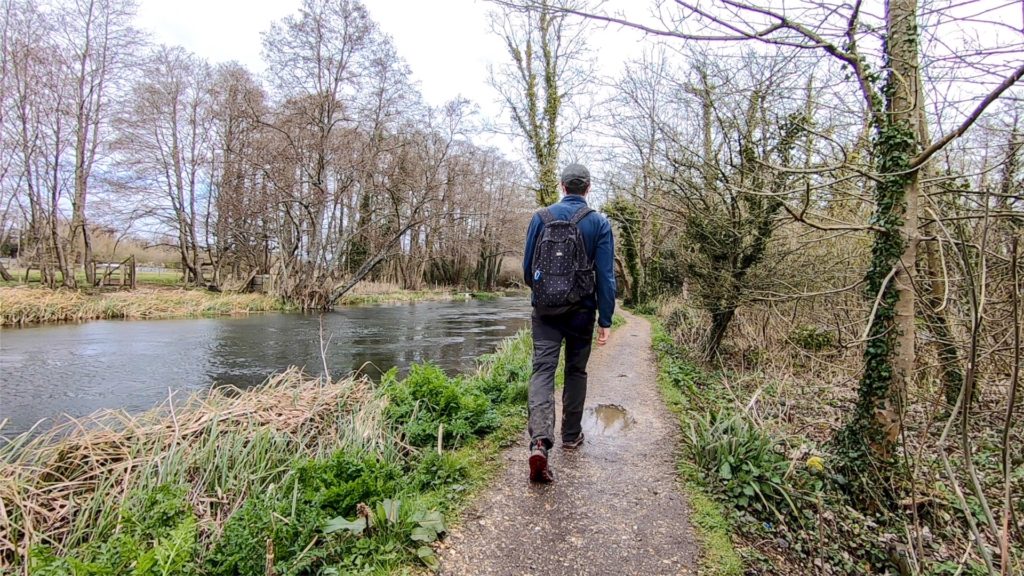

This is a time of trial and error. You should carry a nice light backpack and, as you’re only doing day walks, you can see how you feel after each one. This will prepare you both mentally and physically for what you will face out on the trail. That’s a huge part of knowing how to train for a long distance hike!
If possible, go on a couple of single night camping or wild camping trips. I’ve always found the kit that needs testing the most is my sleeping equipment and cooking gear. You won’t know what works and what doesn’t unless you go camping first. I went to the Peak District for a night of wild camping and found my stove didn’t work and my sleeping mat had a slow puncture. Better to find out then, on a single night of camping, rather than at the start of a 200 mile hike!
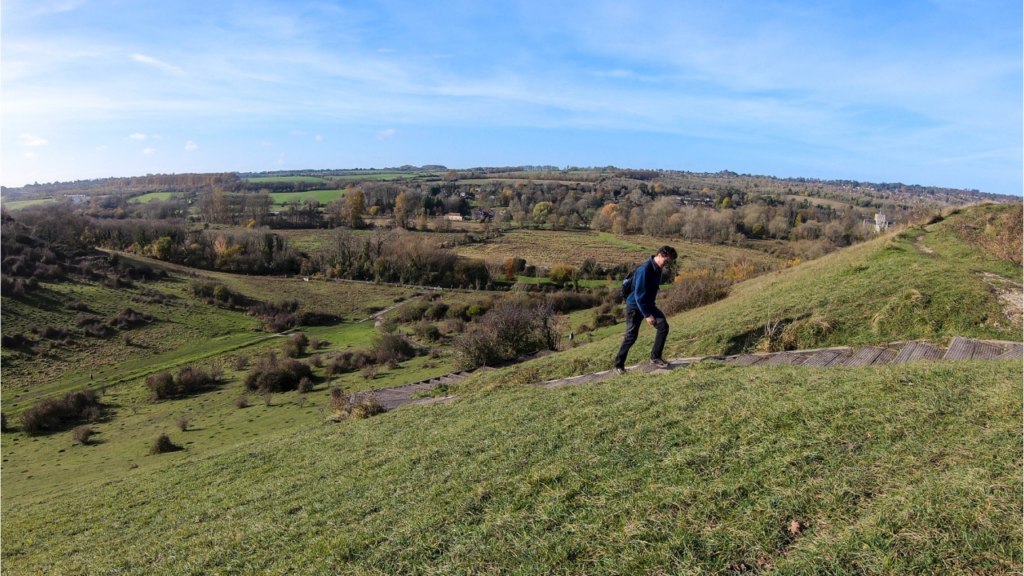

4. Getting to Know Your Equipment
This is a very important tip. If you are training for a long distance hike, you have to get to grips with all the gear you will be taking with you. It’s no good turning up on the day of your trek with a load of brand new gear you’ve got no clue how to use.
Begin with your hiking socks and boots. You must wear them in before you embark on the trail otherwise your feet will likely be riddled with blisters. Take the opportunity to do so when out on your training walks. Wear the socks you intend on bringing on your long-distance hike and make sure the combination of the two is comfortable.
See also:
Day Hiking Gear Essentials
It’s during these testing hikes I’ve eventually done away with hiking boots. I now exclusively use trail running shoes for my long distance hikes. They aren’t as sturdy or waterproof but they have so many other benefits such as being lightweight, breathable, and they never give me any blisters. They are immensely comfortable over long distances and are my go to footwear!
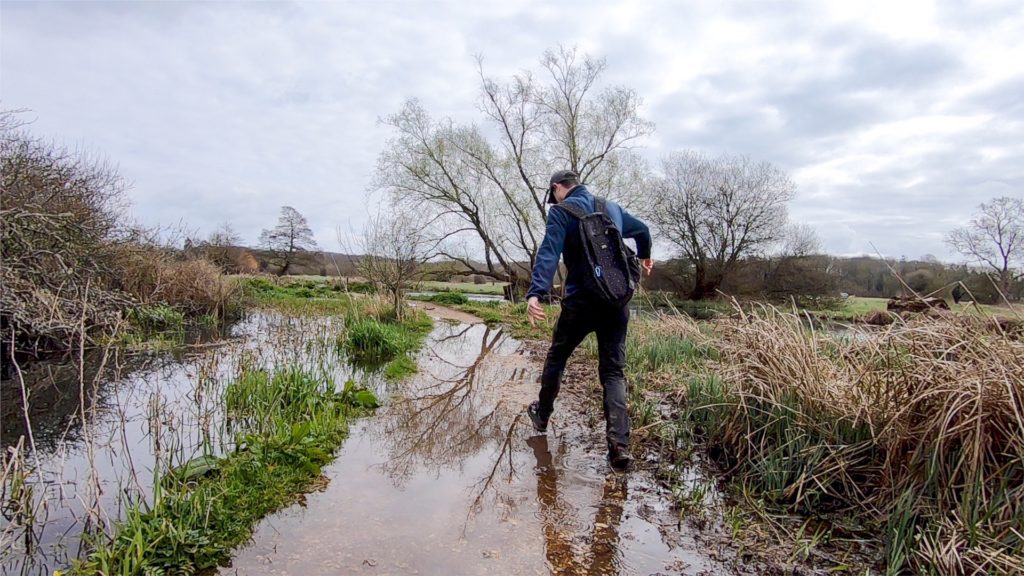

Next test your backpack. Try out a few variations and see what works for you. It may take some time to get this right and you might have to go through a few before you find one you love. I’ve had 3 or 4 in my lifetime and am still not 100% satisfied I’ve found the “perfect” one. The most important thing is that it is comfortable and feels as light as possible. Go smaller rather than bigger – 40 or 50 litres and no more.
Next you can go through all your equipment inside the bag. Unfortunately, most items will require testing before you know what you need and what you don’t. Hence why it’s worth doing your training hikes so you know what works for you before embarking on your big trip.
See also:
Long Distance Hiking Kit List
Each time you go hiking, you gather a little more info, all of which is invaluable. You begin to get a clear picture on how you like to hike, what feels good, what equipment you rate, and ultimately how to train for a long distance hike. You will soon gather your own tips and strategies for how to prepare and hopefully you can complete plenty of great hikes!
Before You Go
Thanks for reading my article on how to train for a long distance hike. If travel guides like this interest you, head over to my blog page to find out more!
If you’re new to Walk Wild, check out the About Me page to learn who I am and what made me want to be a travel writer.
Please comment below, let me know what you think and if there’s anything else you want information on!
Follow me on Twitter, Instagram, and YouTube to see out more.



